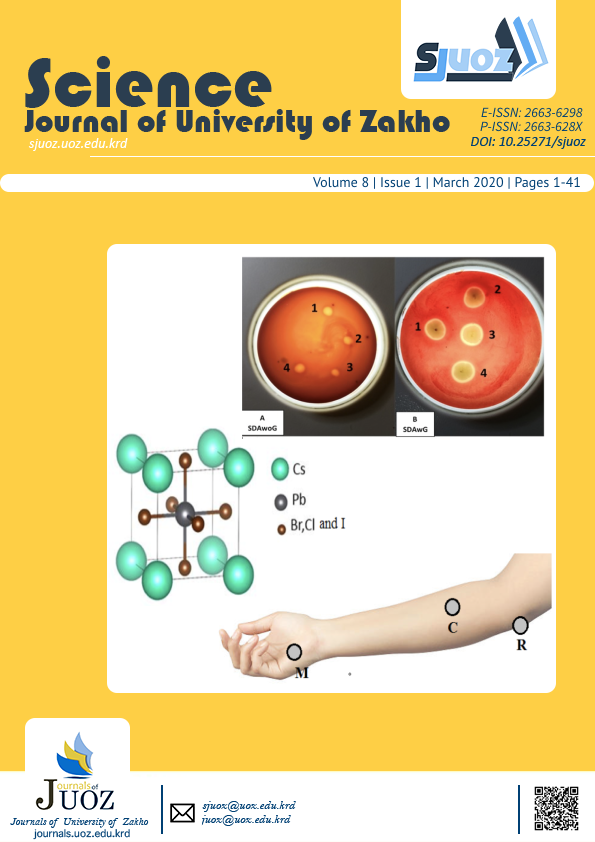Structural, Electronic and Optical Properties of Cubic Perovskite CsPbX3 (X= Br, Cl and I)
Abstract
Plane waves with norm conserving pseudopotentials (PW-PP) method in conjunction with density functional theory (DFT) frame work have been used to investigate structural, electronic and optical properties of lead-halide cubic perovskite CsPbX3 (X=Br, Cl and I). The generalized gradient approximation (GGA), specifically Perdew-Burke-Ernzerhof (PBE) flavor, has been chosen to treat the exchange correlation term of Kohn-Sham equation. Structural parameters are comparable with other theoretical and experimental studies. In spite of good agreement of our band gap values with other theoretical works, however, they were not comparable when compared to the experimental values due to the well-known problem of Eg value underestimation of DFT. To update the value, we have used GW method as a self-consistent quasiparticle method on energies and wave functions and indeed they have been improved. Optical properties have been calculated using density functional perturbation theory (DFPT). Our results show that CsPbX3 (X=Br, Cl, I) has maximum response to the electromagnetic spectrum at low energies (visible region) but minimum response at high energies.
Full text article
Authors
Copyright (c) 2020 Nawzad A. Abdulkareem, Sarkawt A. Sami, Badal H. Elias

This work is licensed under a Creative Commons Attribution 4.0 International License.
Authors who publish with this journal agree to the following terms:
- Authors retain copyright and grant the journal right of first publication with the work simultaneously licensed under a Creative Commons Attribution License [CC BY-NC-SA 4.0] that allows others to share the work with an acknowledgment of the work's authorship and initial publication in this journal.
- Authors are able to enter into separate, additional contractual arrangements for the non-exclusive distribution of the journal's published version of the work, with an acknowledgment of its initial publication in this journal.
- Authors are permitted and encouraged to post their work online.
